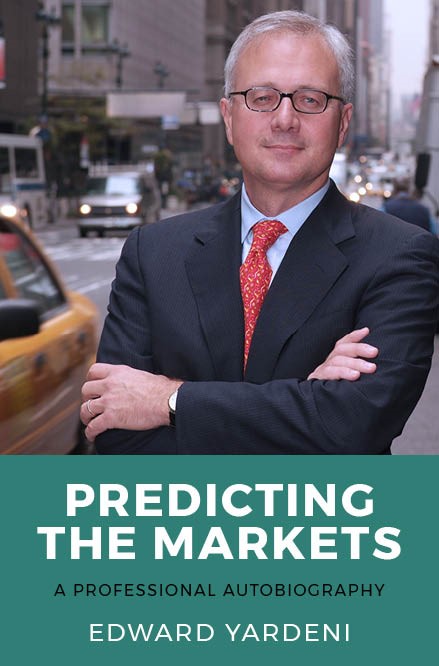Nine Winning Tactics For Financial Advisors Hot
By way of background, Tiburon says the winning tactics first emerged in 1980s and were further highlighted in Bob Veres’ paper The Future of the Financial Advisory Business published in 2010.
According to Tiburon, the tactics fall into the following categories: target marketing, sales and marketing strategies, investment management strategies, client service strategies, staffing and compensation strategies, firm cultures, technology and outsourcing, industry networking, and mergers and acquisitions.
And the success of firms that employ one or more of the winning tactics can be measured in one or more of the following ways: clients, spending, revenue and net profits.
According to Tiburon, the firms that employ winning tactics have witnessed the number of clients grow in total from 3.1 million in 2007, to 3.4 million in 2010. In addition, net profit has risen from $800 million in 2007 to $1 billion in 2010.
Four Key Benefits to Target Marketing
The first of the nine keys to success, according to Tiburon, is what they call target marketing. There are, says Tiburon, four key benefits to target marketing:
1. Increased prospecting results. “Target marketing will lead to improved prospecting results due to an increase in real and perceived value. One’s reputation spreads much faster in niche markets than in broad markets. Having a niche will positively affect public relations. Able to better use time and money. Become known as the expert. Present your knowledge of detailed specific issues.”
2. Increased reputation and public relations. “One’s reputation spreads much faster in niche markets than in broad markets. Having a niche will positively affect public relations.”
3. Increased time and financial efficiency. “Able to better use time and money.”
4. Decreased competition. “Competition decreases as advisors establish themselves as experts in a particular niche.”
(For the record, we posted last week a story about the need to develop a niche for your practice. Read Advisors Must Develop A Niche To Survive and Thrive.)
According to Tiburon, one way to consider target marketing is by segmenting households in America by investable assets:
1. Middle America has less than $100,000 in investable assets. According to Tiburon, there are nearly 80 million households in America that fall into this segment, many of which are un-served by the financial services industry. Advisors who pursue this segment need to watch profitability closely so as not to “over-serve” clients. In fact, Tiburon research suggests that this segment is the “fools market.” With everyone focusing on “the high net worth market, there may be some significant opportunities in the mass market, but profitability is questionable.”
2. There are nearly 24 million households with investable assets between $100,000 and $1 million. Tiburon labels this segment “moderate net worth” and it’s growing rapidly. Despite that growth, Tiburon warns that “the mass affluent will probably offer some opportunities, but the cost to serve this market is sizably greater.”
3. The high net worth segment, which totals 4.3 million households, has investable assets of $1 million to $5 million. The segment, says Tiburon, is being courted by many full-service brokers, most bank trust departments, and many fee-only advisors. This segment tends to want institutional products such as separate account wraps and alternative asset classes. It also needs wealth management services.
4. The ultra-high net worth segment, which totals 253,000 households, has investable assets of more than $5 million. According to Tiburon, it’s increasingly difficult to anticipate the needs of this market. Among other things, advisors need expertise in specialized investments such as hedge funds, art, and the like. Plus, advisors serving this market or attempting to service this market need to attain “higher designations to gain creditability.”
Six Methods To Segment Potential Customers
In its report, Tiburon noted that financial advisors can use at least six methods to segment potential consumers based on age, investable assets, other financial factors, occupations (such as corporate executives, small- and medium-sized business owners, or professional occupations), sources of wealth (such as new money or IRA rollovers), and a variety of other factors (such as gender, ethnicity, or marital status, for instance). But no matter the method or methods, Tiburon says firms using target market marketing will be the most successful.
Aged-based segments would include, for instance, the World War II generation (born prior to 1946), baby boomers (born between 1946 and 1964 and for which there are extensive opportunities), generation x (born between 1965 and 1980), and generation Y (born since 1980).
As for investable assets, Tiburon notes that households in the U.S. had in total $23 trillion in assets in 2008, and that the median net worth of households age 65 and older is $140,000. Tiburon says the moderately affluent may provide the best opportunity.
As for occupations, Tiburon says fee-only financial advisors report that 32% of their clients are small- and medium-sized business owners, 27% are corporate executives, and 23% are in professional occupations. And advisors who serve corporate executives would be served to learn the ins and outs of working with corporate executives who own their company’s stock. That target has at least 31% of their investable assets in company stock.
When you examine the sources of wealth among affluent Americans, Tiburon’s report notes that much of their money comes from their job and stock options (47%). Business ownership accounts for 26%; inheritance, 16%; and investing, 11%.
One interesting tidbit from the report has to do with baby boomers and their intentions post-retirement. One in five plan to stop working altogether. Some three in 10 plan to work part time for interest or enjoyment; 25% plan to work for income; 15% plan to start their own business; 7% plan to begin a new career; and 3% have other plans.
According to Tiburon, numerous occupational, ethnic, and other segments also provide terrific opportunities. For instance, by 2050, there will be 33 million Asian Americans, 103 million Hispanics, 62 million African-Americans, and 210 million Caucasians.









